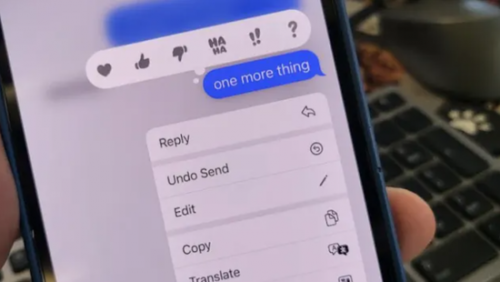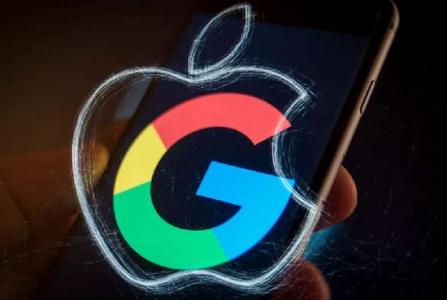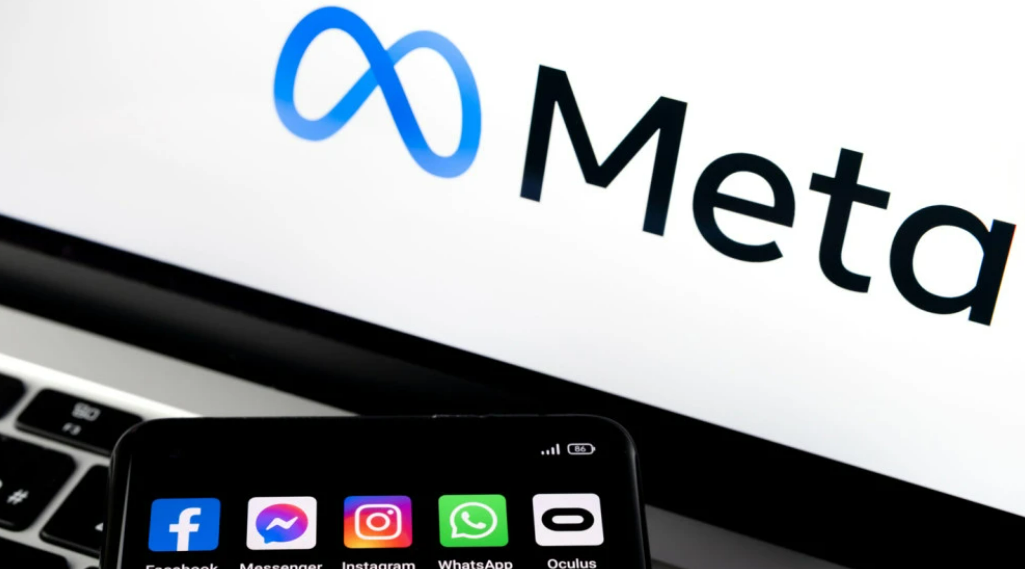your current location is:Home > TechnologyHomeTechnology
iPad will be the new product line of "Apple Computer"
"Your next computer, why should it be a computer."
This sounds a bit awkward, but the very straightforward slogan is Apple's definition of this new product after the release of the iPad Pro in 2020.
However, for the iPad Pro, which claims to be a "computer", the outside world just laughed it off.
At that time, the iPad Pro, or the iPad product line, was still parasitic on the iPhone, and the difference between the two was not that big except for the size of the screen.
In particular, both use A-series chips (M-series chips have not yet appeared), and iPadOS is still figuring out how to neutralize iOS and macOS well.
Even though iPadOS has absorbed many of the presentation methods in macOS before, it is still more like a large-screen adaptation of iOS in essence.
Back in 2010, when the original iPad was born, Steve Jobs described it on stage as "the iPad was a revolutionary device that created and defined a whole new category."
▲ Steve Jobs and the original iPad Image from: macrumors
Since then, "innovation" has also become a core of iPad development. At that time, the size of the smartphone screen was only 4 inches, and the iPad's 9.7 inches could perfectly fill the gap between the Mac and the iPhone.
As the smartphone screen becomes larger, it also begins to squeeze the original market space of the iPad. After the continuous product line, Apple also linked "productivity" with the iPad and launched the Pro series.
The iPad Pro has also been practicing what Jobs considers a "revolutionary" category.
The double rise of the iPad Pro
Thinking back, the original iPad Pro released in 2015 had built-in A9X SoC and a 12.9-inch screen size, making it close to Pro-level products in hardware.
▲ The original iPad Pro image from: futurecdn
But at that time, the iPad Pro was still running iOS, which was not much different from the iPad, iPad Air, iPad mini and even the iPhone in terms of system functions.
The differentiation of iPadOS from iOS was at the WWDC developer conference four years later. From the naming, it can be seen that iPadOS does not intend to be a branch of iOS, but an independent system on an equal footing with macOS and tvOS.
First is the hardware innovation, and then the software system is supplemented, which is almost the replacement law of the iPad Pro series.
In this way, the iPad Pro has gradually become what we are familiar with now.
In order to be closer to a "productivity" creation tool, Apple first replaced the iPad Pro with a USB-C interface and designed a "combat" Magic Keyboard.
Finally, the iPad Pro has come to Apple's self-developed M chip, which has the same M1 chip as the MacBook, giving it a stronger potential. It can also be regarded as a milestone upgrade of the iPad Pro in recent years.
After the chips, peripherals, and interfaces were all upgraded, iPadOS also ushered in a "dramatic change" at this year's WWDC.
The function of "pre-stage scheduling" and optimized support for external displays make iPadOS 16 full of productivity. And the usage scenarios of these functions have also begun to overlap with personal "computers" such as the Macbook Pro.
The functions of iPadOS 16 are also increasingly different from those of iOS, gradually parting ways, not the shadow of iOS, and the independence of iPadOS is also highlighted.
Great function, needs to be polished
After showing off its skills at WWDC, Apple also launched a beta version of the system for the M-chip iPad as scheduled.
It's just that during the test, the adaptation of the "front-end scheduling" function is not stable, which will frequently cause system crashes and errors. In addition, "pre-stage scheduling" is limited to iPads with M chips, and the compatibility is too poor, which has been criticized by many users and developers.
iPadOS 16, which was originally planned to be launched with the iPhone and iOS 16 in September, is very likely to be postponed to October for a better and more stable experience.
Bloomberg, which first reported the software update delay, also believes that after staggering iOS and iPadOS update pushes, Apple will have more energy to polish iOS 16 and iPadOS 16 respectively.
In the past, after the fall conference, Apple often provided system updates for the five major hardware devices at the same time, including Apple Watch, iPhone, iPad, Mac and Apple TV.
However, as the functions of each system become more and more complex, some cross-platform functions will generally be delayed. Time adaptation and optimization.
In recent years, the stability of several major Apple systems has not been as good as before, due to the fact that there are more functions, and the adaptation equipment is also very complicated. It is also because several major systems are launched at the same time, and it is difficult for the software team to concentrate on optimization and polishing.
This time, iPadOS staggers the update push time from iOS, which can be seen as a pressure relief method, which is beneficial to the stability of the new system.
In addition, a longer period of optimization and polishing will most likely not make some new functions missing, and the complete system functions will be available at the time of release.
However, in the end, Apple will still keep the "pre-stage scheduling" limited to the M chip to bring a better "experience".
iPad and Mac have become two product lines of Apple Computer
If iPadOS 16 is officially updated in October, coincidentally, macOS Ventura, which also has "front-end scheduling", is also expected to be pushed in October.
In addition, it is also possible that the updated version of the MacBook Pro 14/16 will be launched in October, and the M2 Pro and M2 Max will also be launched at this time.
In addition, there are also rumors that the new iPad Pro equipped with M2 will also arrive as scheduled in October.
▲ MacBook Pro 14 should be replaced
The update frequency of the iPad Pro and Macbook based on the M chip is also consistent with the M chip. In a rough estimate, the update cycle of the iPad Pro and MacBook is about 18 months, unlike the annual update of the iPhone.
October will happen to be a node in the update cycle, and the emergence of new systems with new hardware is also in line with Apple's consistent tradition.
From this point of view, the iPad Pro will be similar to traditional computers such as MacBooks, and will open the update frequency gap with the iPhone.
In addition, the iPad and iPadOS, which have been hidden behind the iPhone and iOS, have finally moved to the foreground, and the positioning of the product and the positioning of the system have begun to be close to Mac and macOS.
甚至也可以说,同样拥有「台前调度」的 iPadOS 和 macOS 只不过是存在于不同硬件中近似地系统。
大概也从 iPadOS 16 开始,在苹果的计划中,iPad Pro 将会与 Mac 类似,主要扮演的就是「生产力」工具。
▲ 支持触控以及 Apple Pencil 是 iPad Pro 的一个优势
不过二者的交互方式有别,也有着不同的市场细分,iPad Pro 更接近「创意人群」,Mac 则提供传统 PC 的工作方式。
苹果电脑的含义也不再仅限于 Mac,iPad Pro 也越来越接近一部非传统意义的个人电脑,而 iPadOS 也逐步演化成一个独立地脱胎于 iOS 的全新系统。
此前在评测 iPad Pro 时,我们认为 iPad 正在逐步重新定义和扩大个人电脑的范畴。而在体验 iPadOS 16 beta 版时,配合显示器和台前调度,它几乎可以完美地取代 MacBook Pro,完成相应的工作。
当把 iPad Pro 接上显示器,并开始扮演「生产力」工具时,探索的过程很像曾经最开始使用个人电脑的状态。
而随着 iPad 市场份额不断地飙升,以及新一代不断地长大,iPad 对于他们来说,它就是「个人电脑」本来的状态。
related articles
Article Comments (0)
- This article has not received comments yet, hurry up and grab the first frame~













